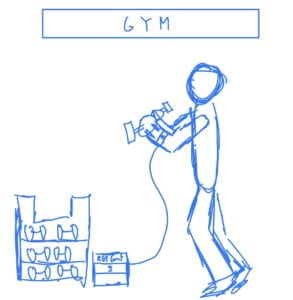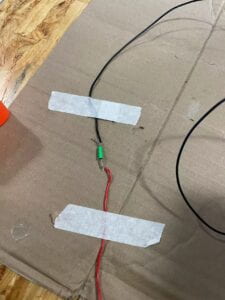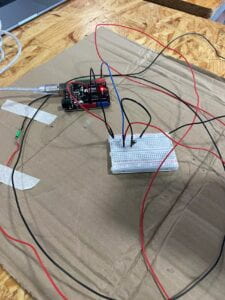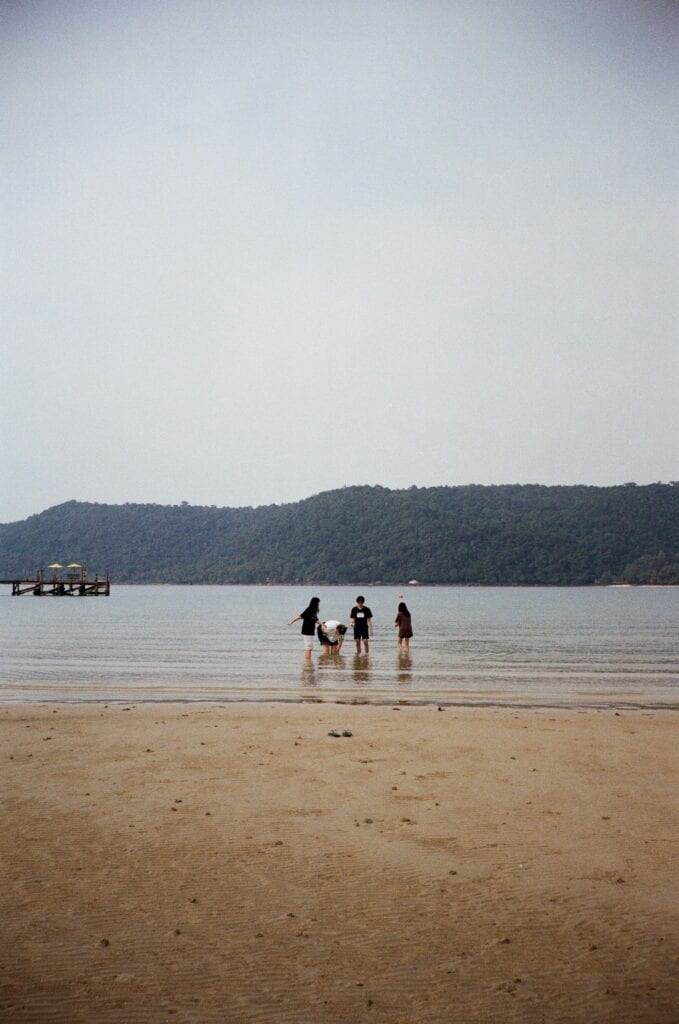
I chose this photo because it’s aesthetically beautiful, and it represents my home country, Thailand. I wanted to convert this image into simple shapes and code it into Processing.
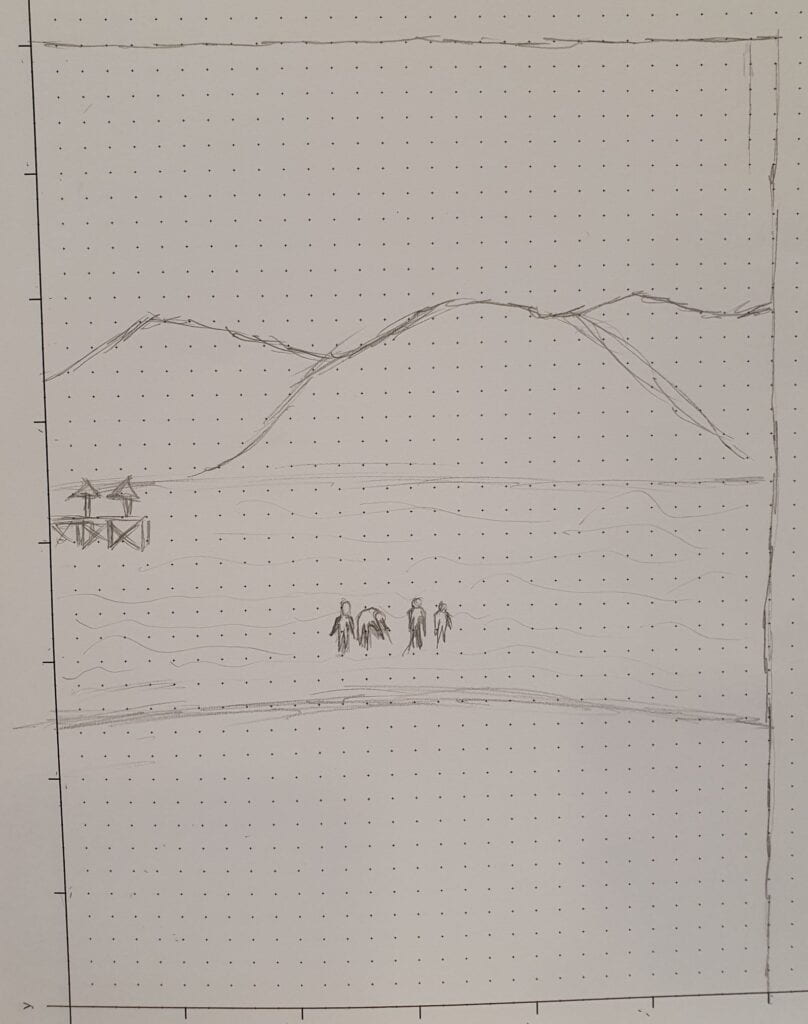
This drawing is similar to the original photo in ways that the structures are the same, however I removed the unnecessary details so that it would be easier for me to code in Processing.
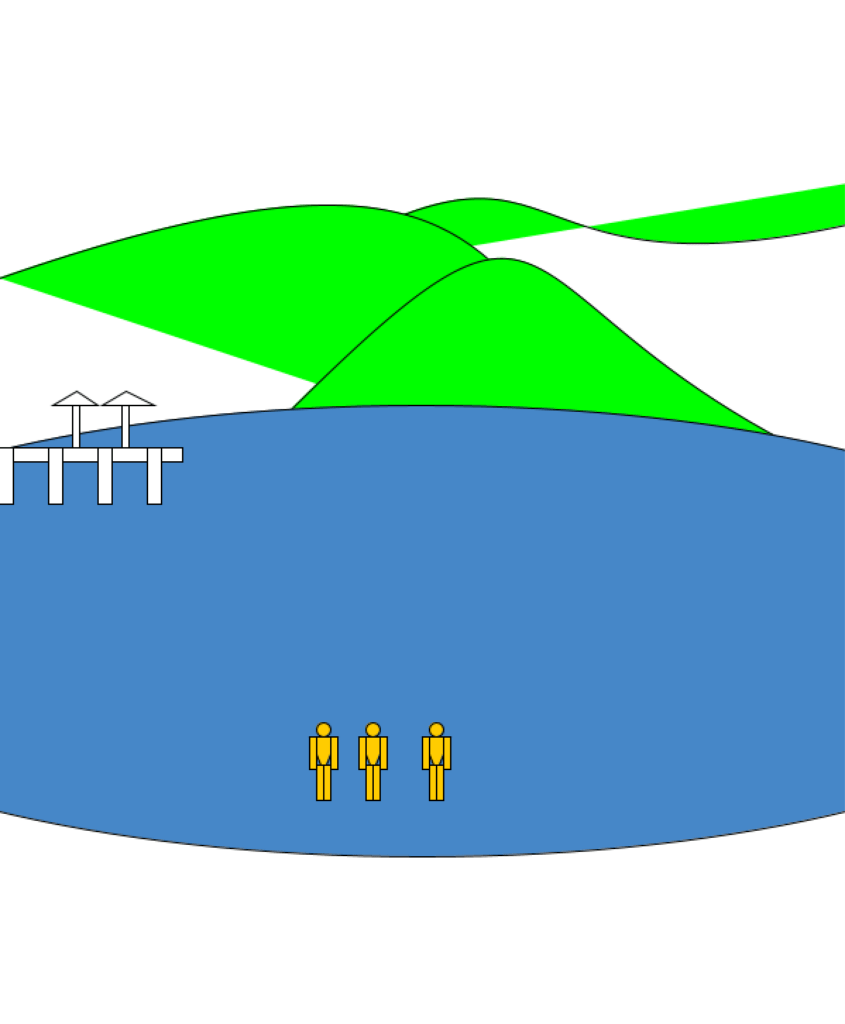
This is my drawing for Processing. I do believe that this is a good mean for my design, since there are endless of possibilities that I can do with it for art. I added some colors to make it look better, but I still have a lot to work on.
Code:
void setup() {
size(600, 800);
}
void draw() {
// Your drawing code goes here
background(255);
color g = color(0,255,0);
fill(g);
bezier(200, 200, 460, 40, 300, 290, 800,100); //mountain 1
bezier(00, 200, 460, 40, 300, 290, 600,400); //mountain 2
bezier(200, 300, 460, 40, 300, 290, 800,400); //mountain 3
color b = color(70, 135, 200);
fill(b);
arc(300, 450, 1000, 320, 0, TWO_PI, CLOSE);
fill(255);
rect(0, 320, 130, 10); //platform
rect(0, 320, 10, 40); //wall 1
rect(35, 320, 10, 40); //wall 2
rect(70, 320, 10, 40); //wall 3
rect(105, 320, 10, 40); //wall 4
rect(70, 320, 10, 40); //wall 5
rect(52, 290, 5, 30); //stand
rect(87, 290, 5, 30); //stand
triangle(38, 290, 55, 280, 70, 290); // umbrella
triangle(73, 290, 90, 280, 110, 290); //umbrella
color c = color(255, 204, 0);
fill(c);
circle(230, 520, 10);
triangle(220, 525, 240, 525, 230, 550);
rect(225, 545, 5, 25);
rect(230, 545, 5, 25);
rect(220, 525, 5, 23);
rect(235, 525, 5, 23);
circle(265, 520, 10);
triangle(255, 525, 275, 525, 265, 550);
rect(260, 545, 5, 25);
rect(265, 545, 5, 25);
rect(255, 525, 5, 23);
rect(270, 525, 5, 23);
circle(310, 520, 10);
triangle(300, 525, 320, 525, 310, 550);
rect(305, 545, 5, 25);
rect(310, 545, 5, 25);
rect(300, 525, 5, 23);
rect(315, 525, 5, 23);}
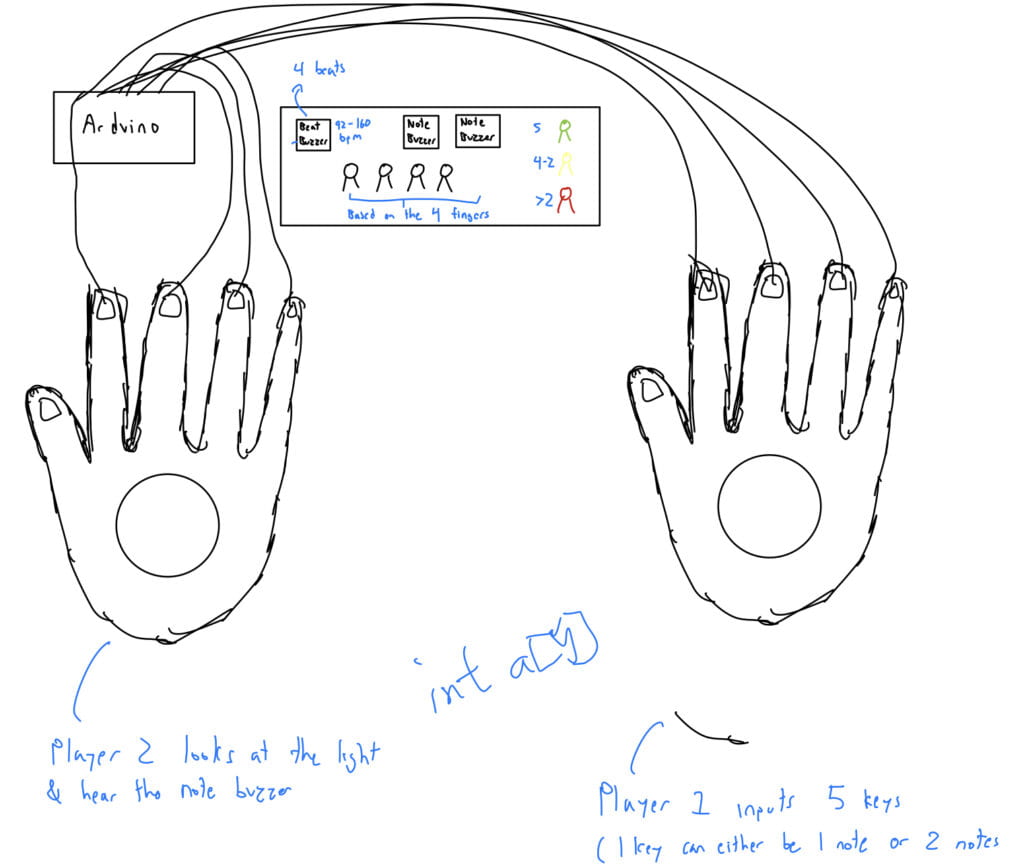
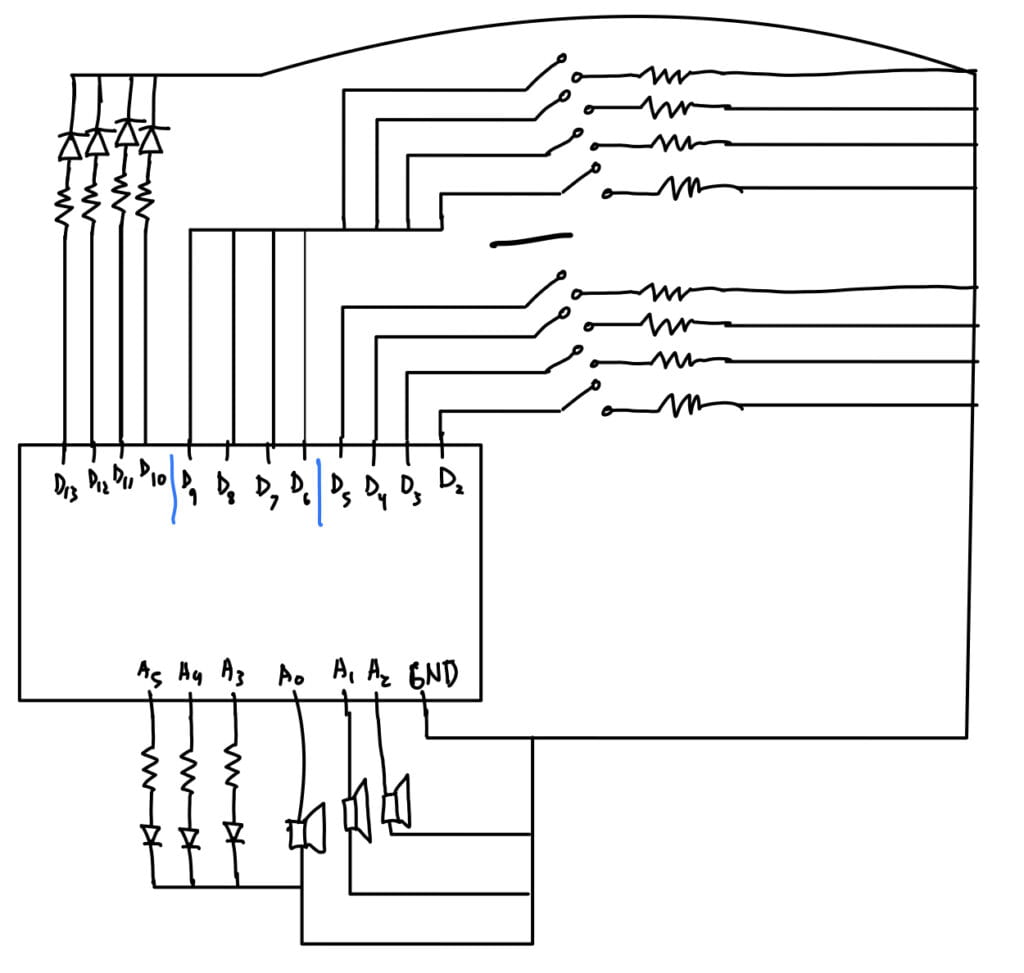
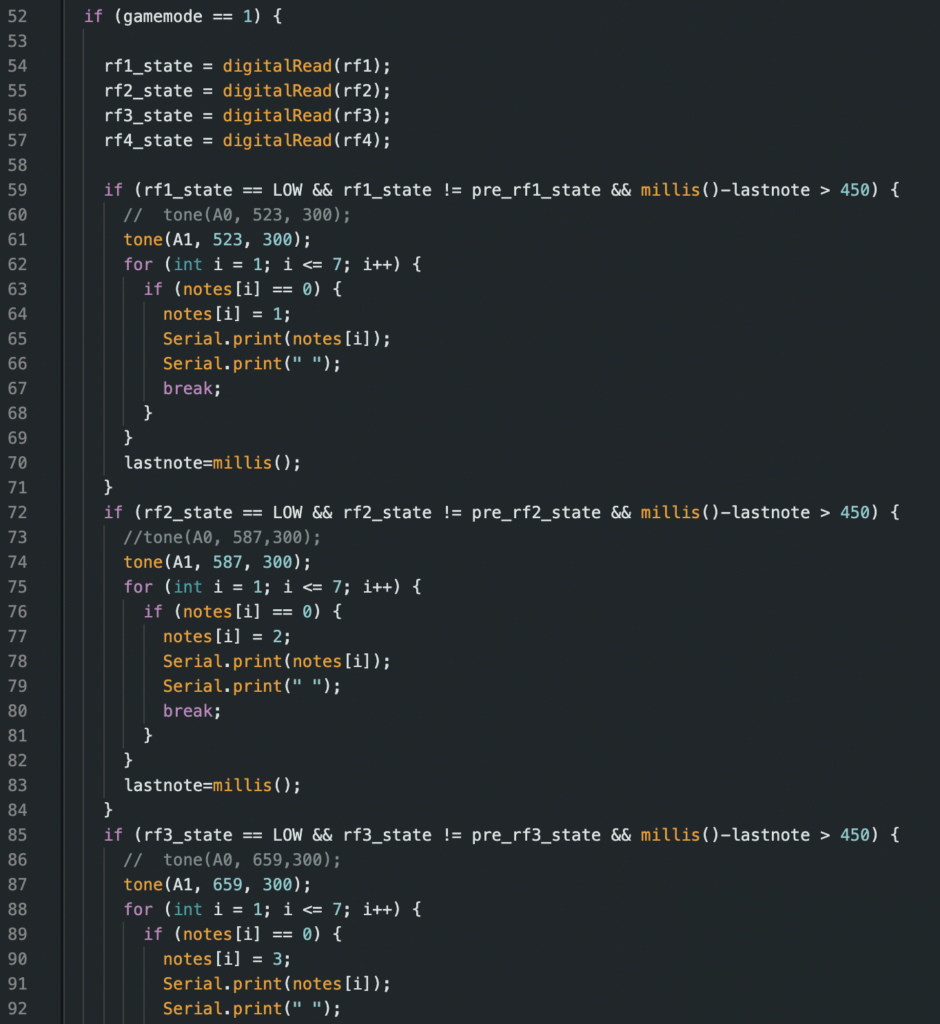
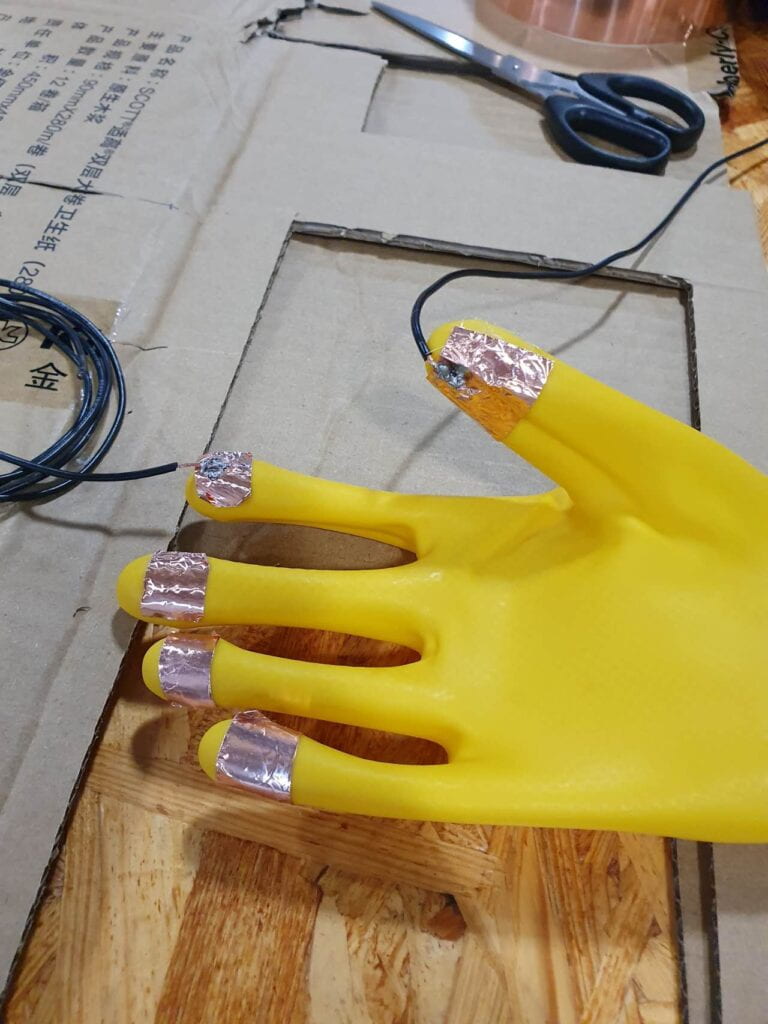
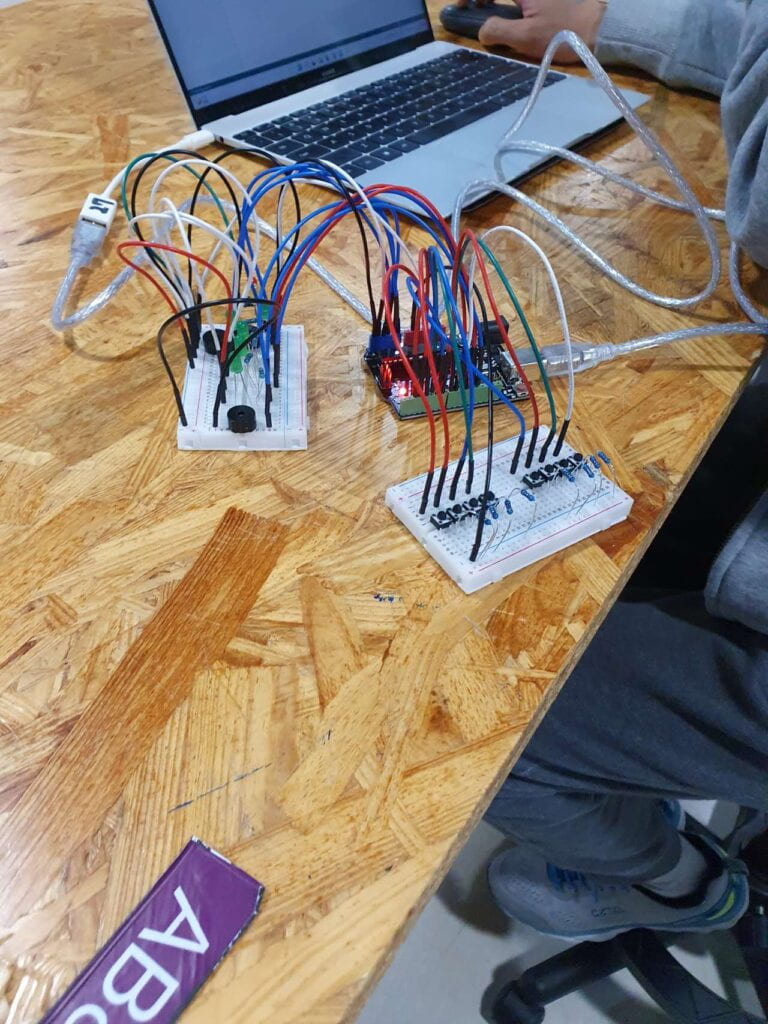
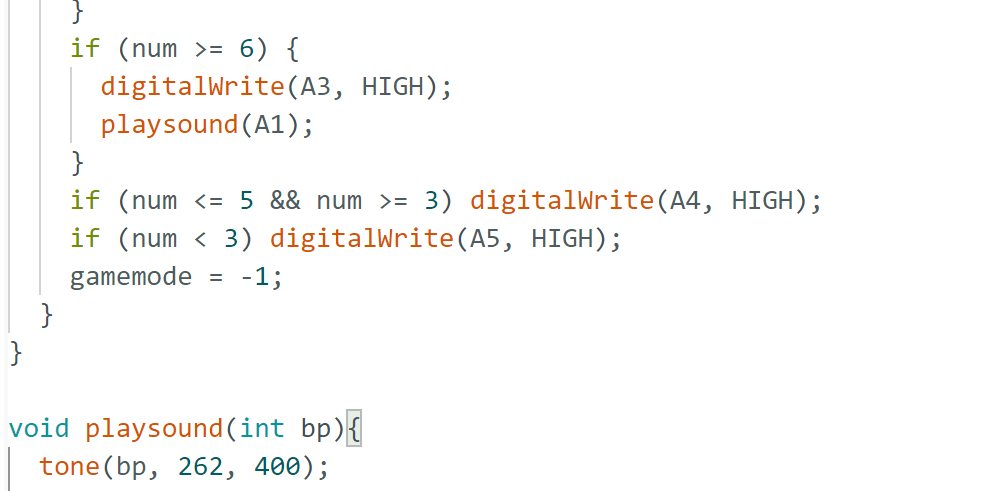
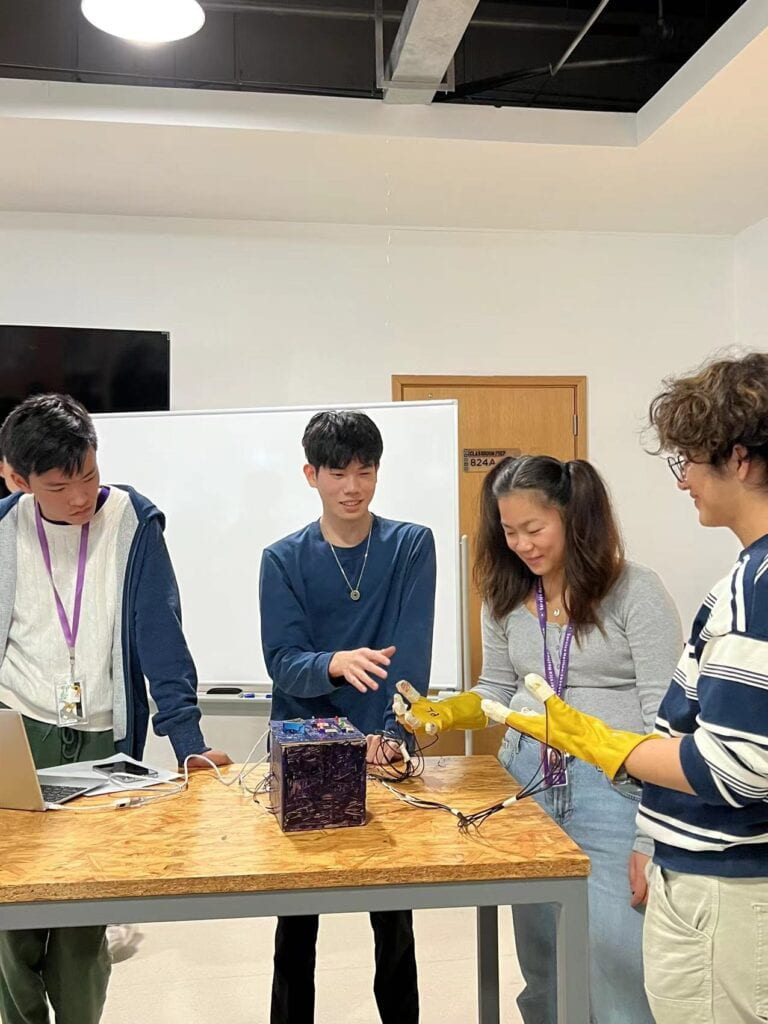
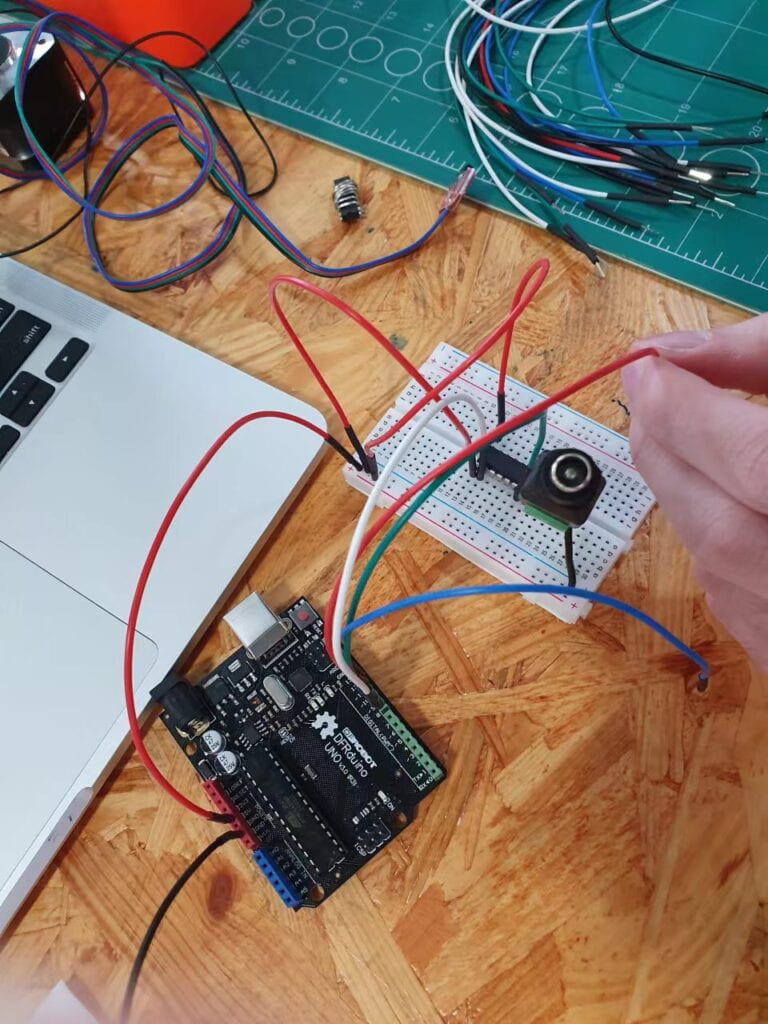
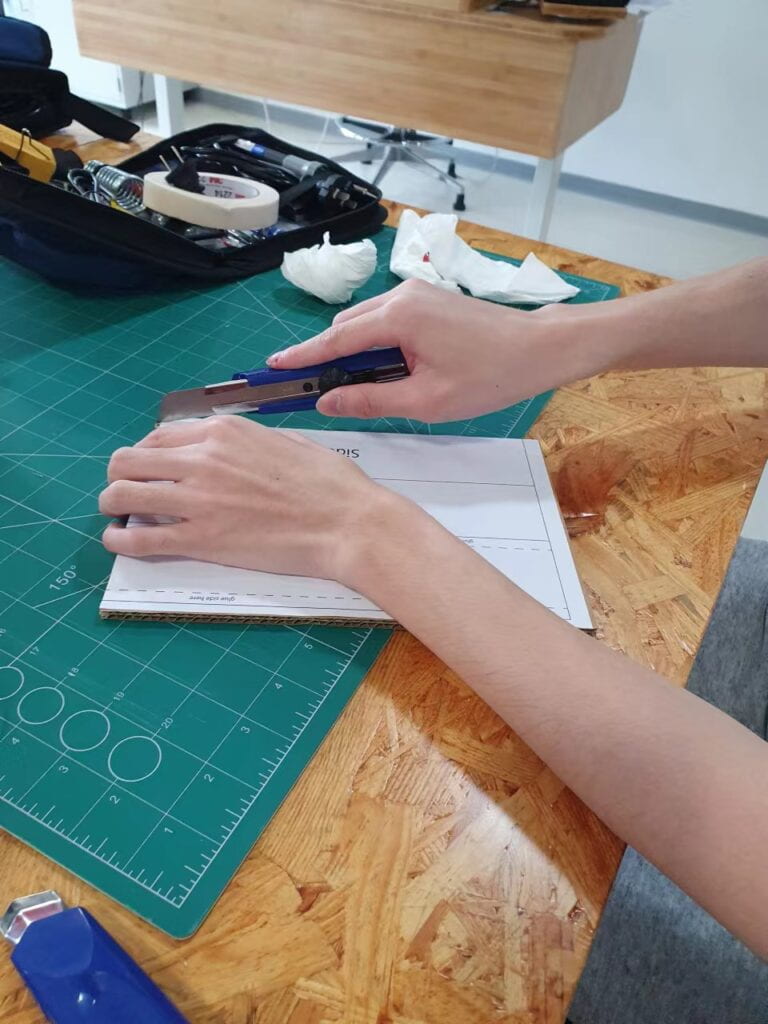
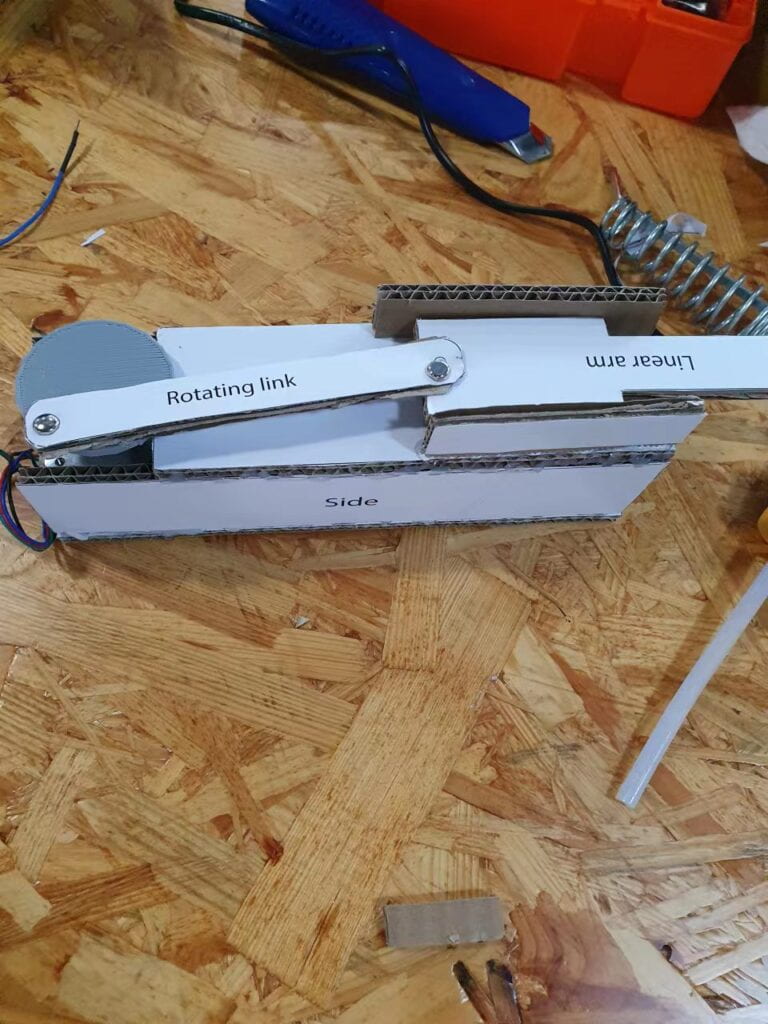
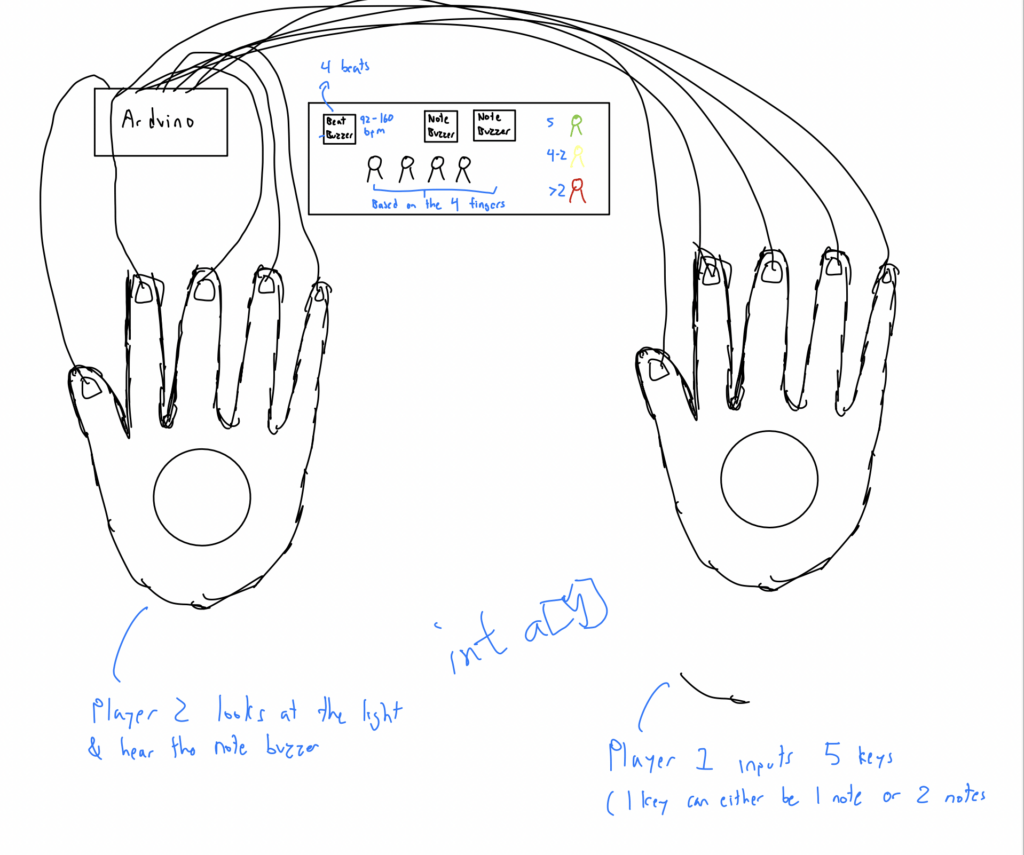
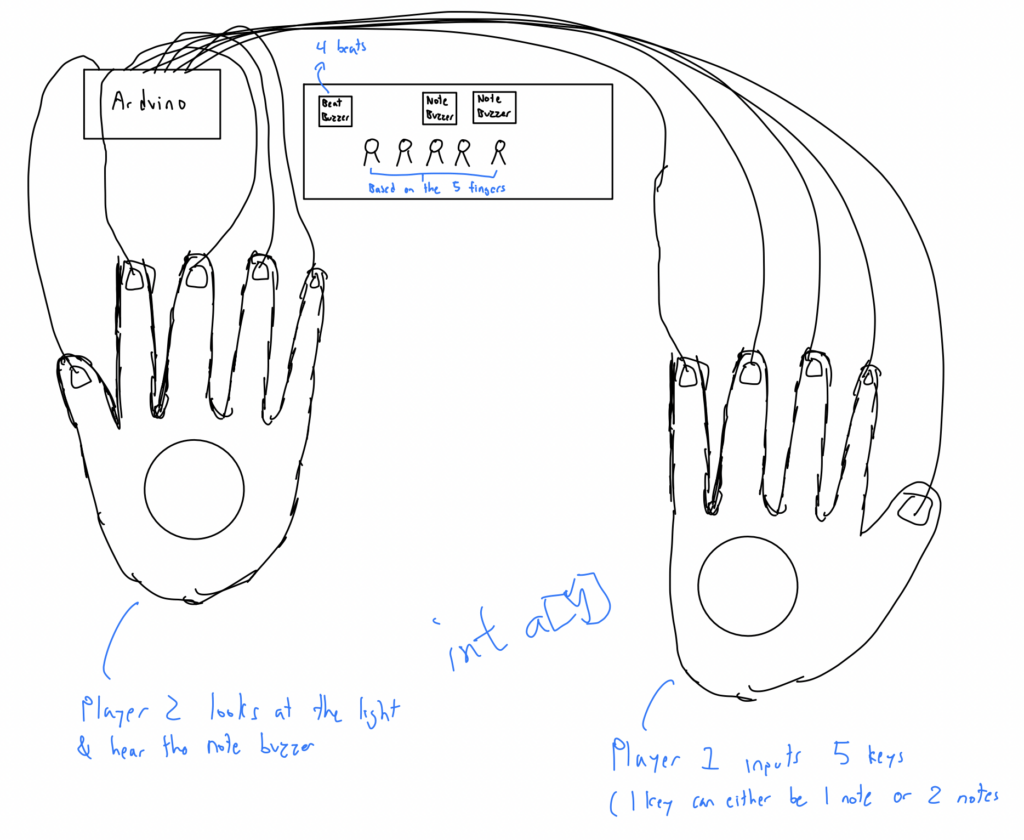
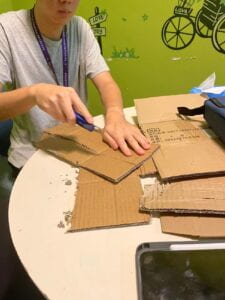
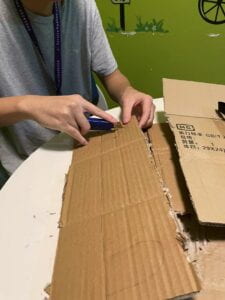
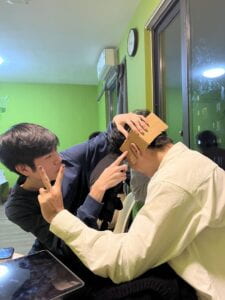
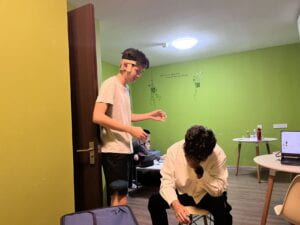
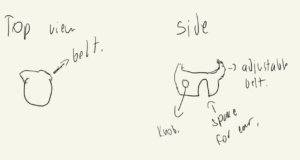 rough draft
rough draft